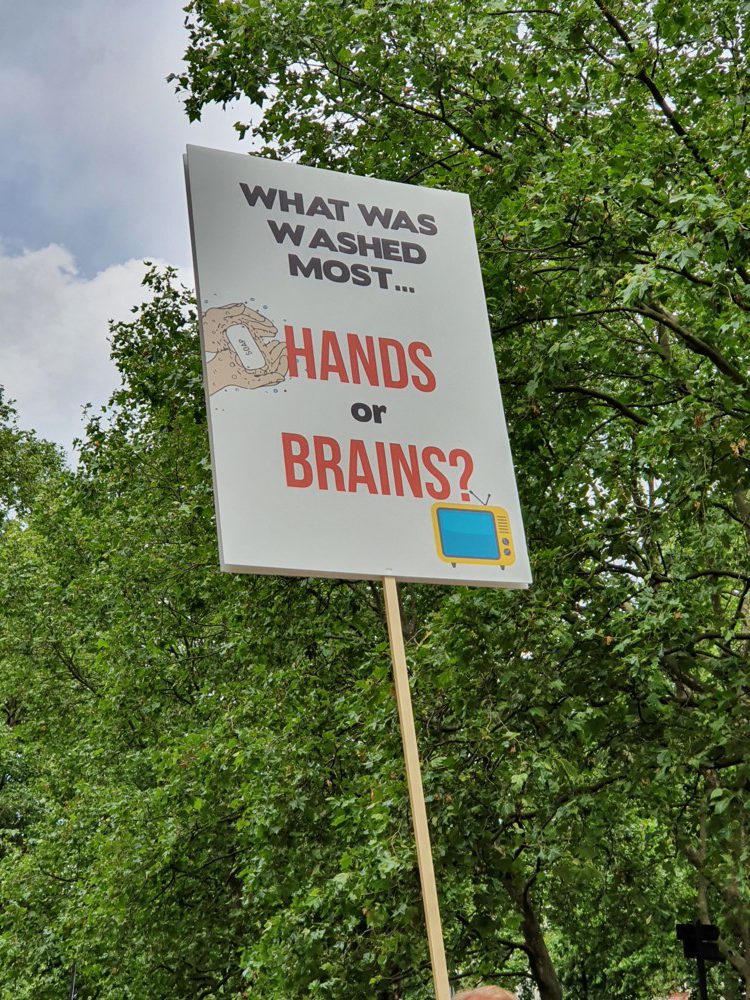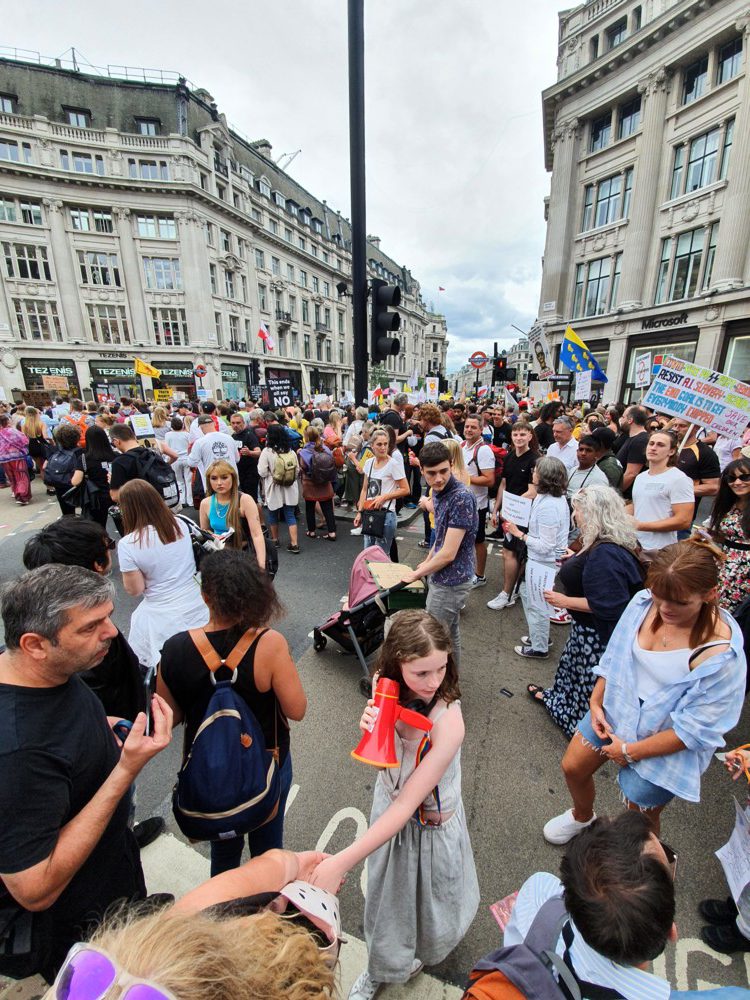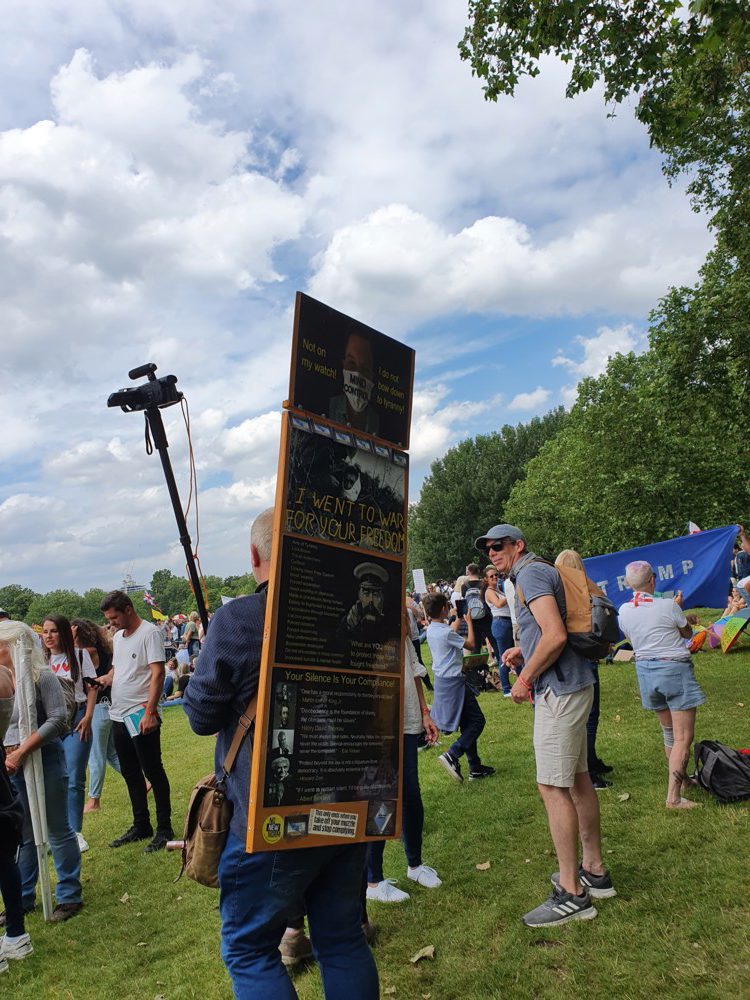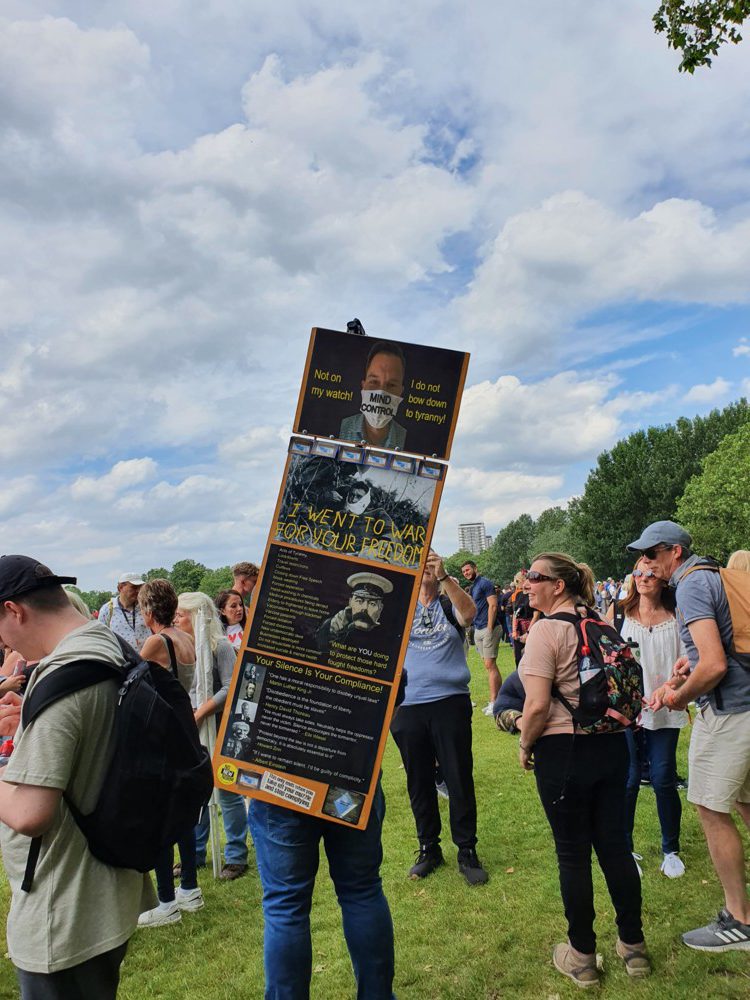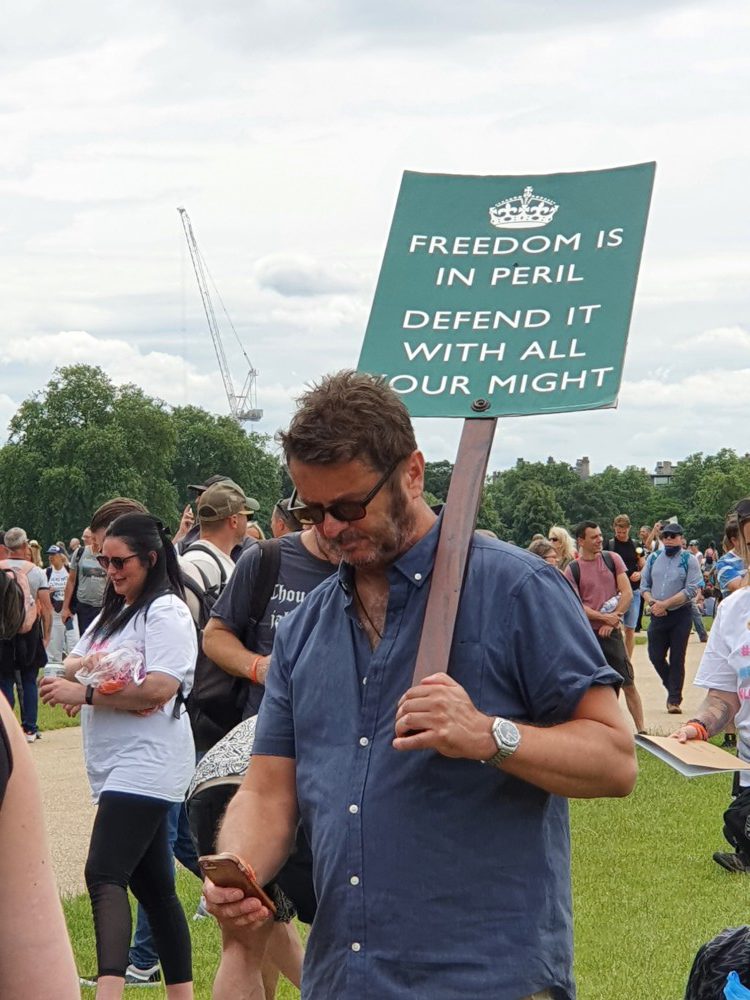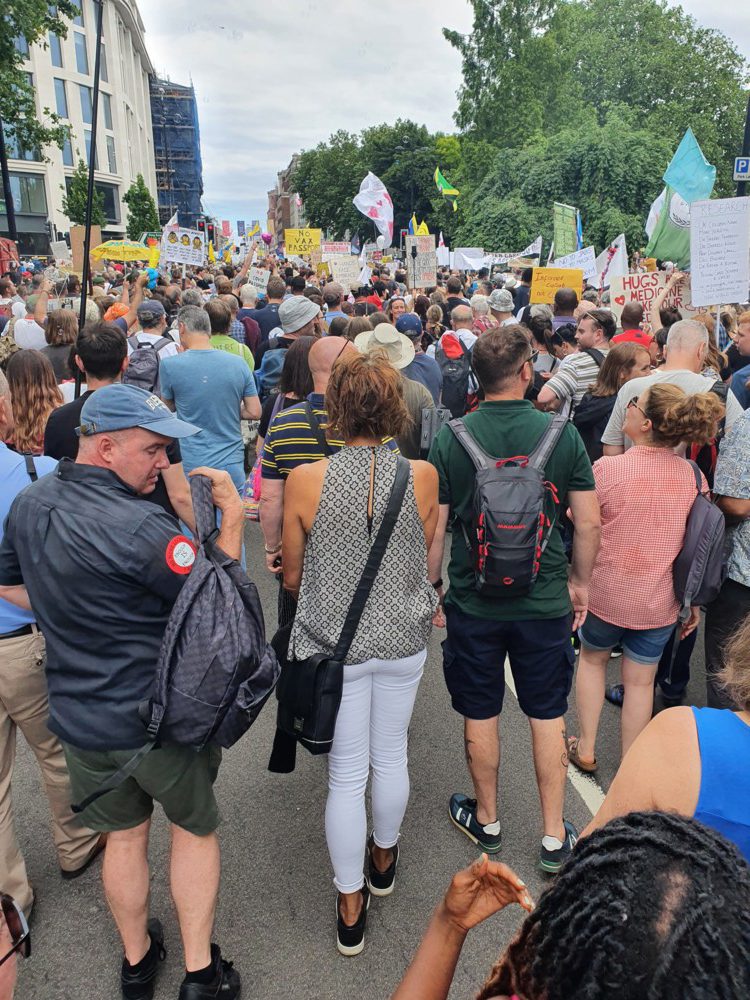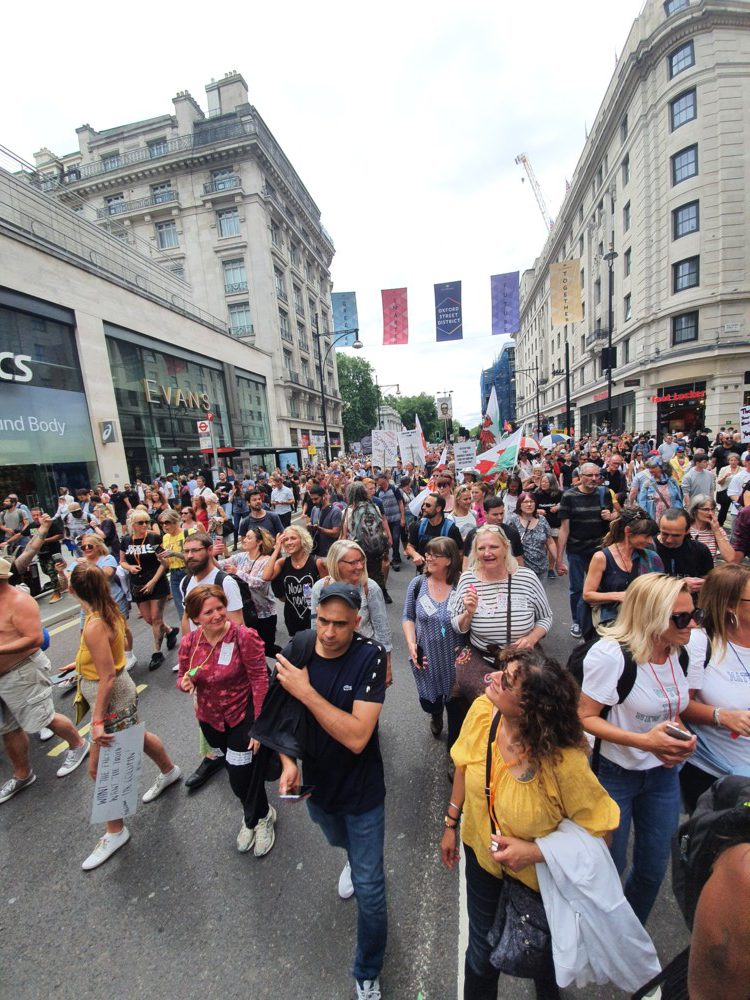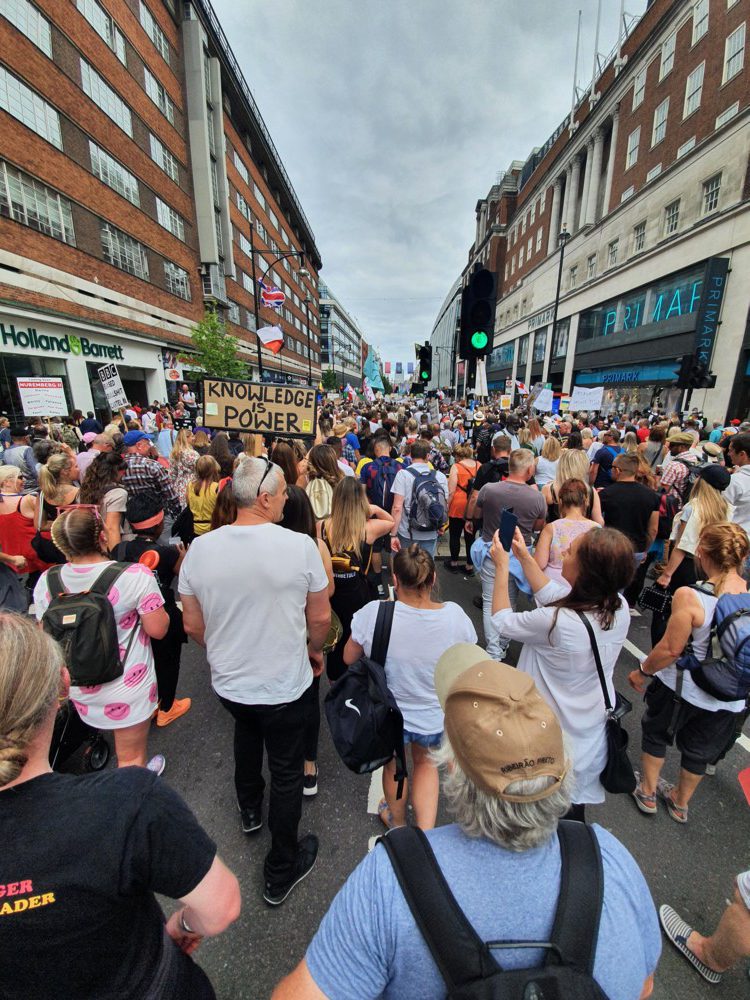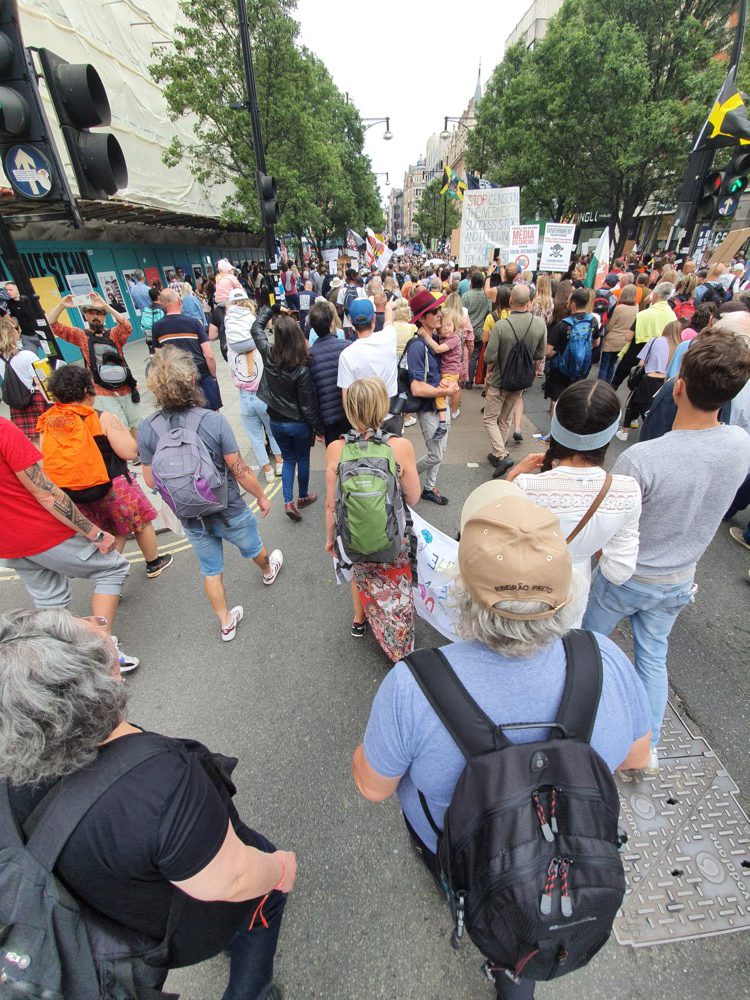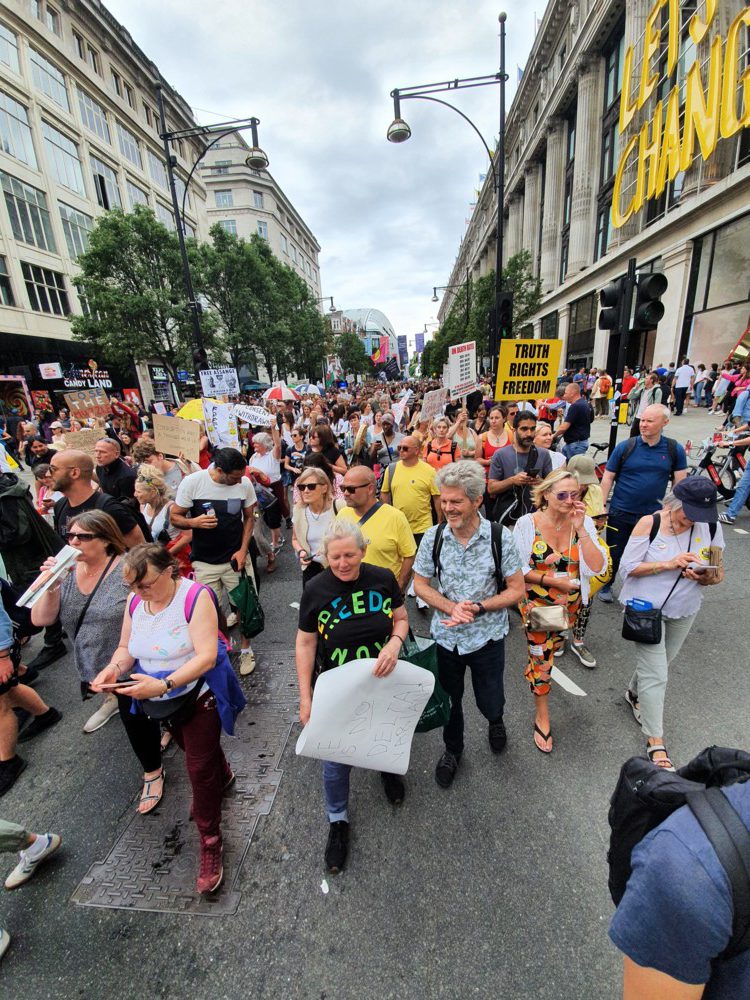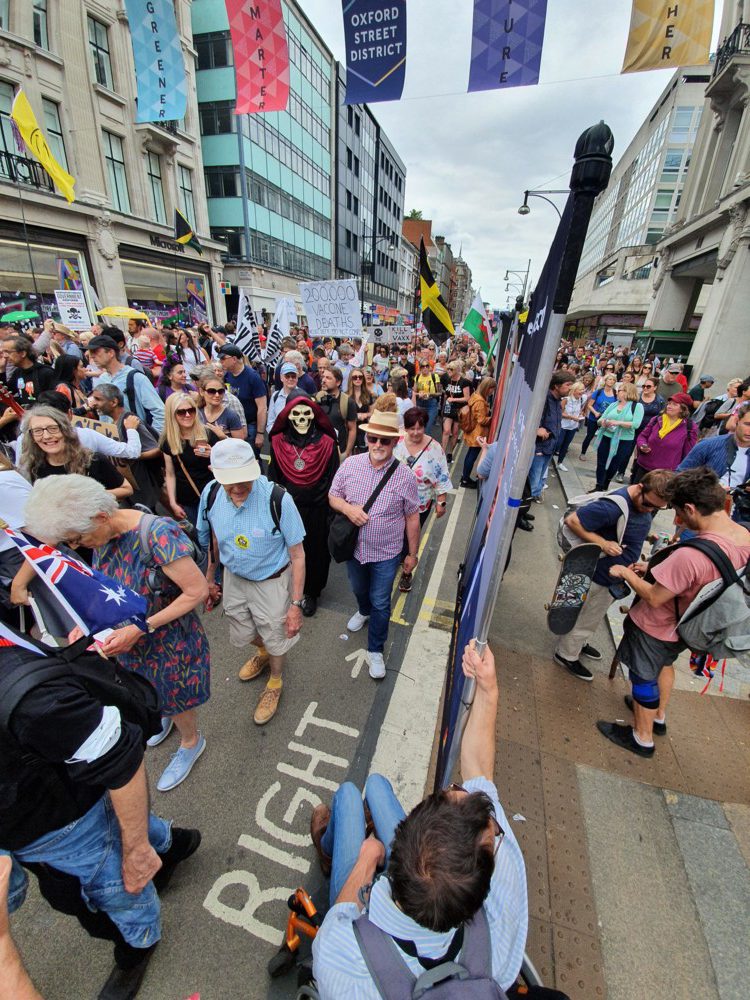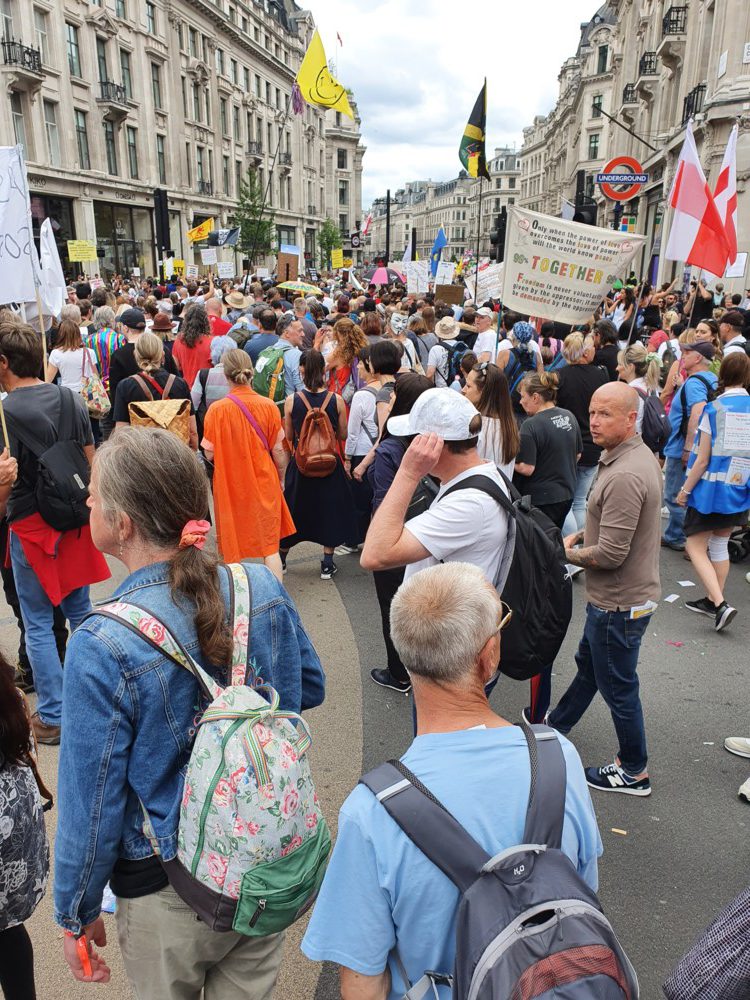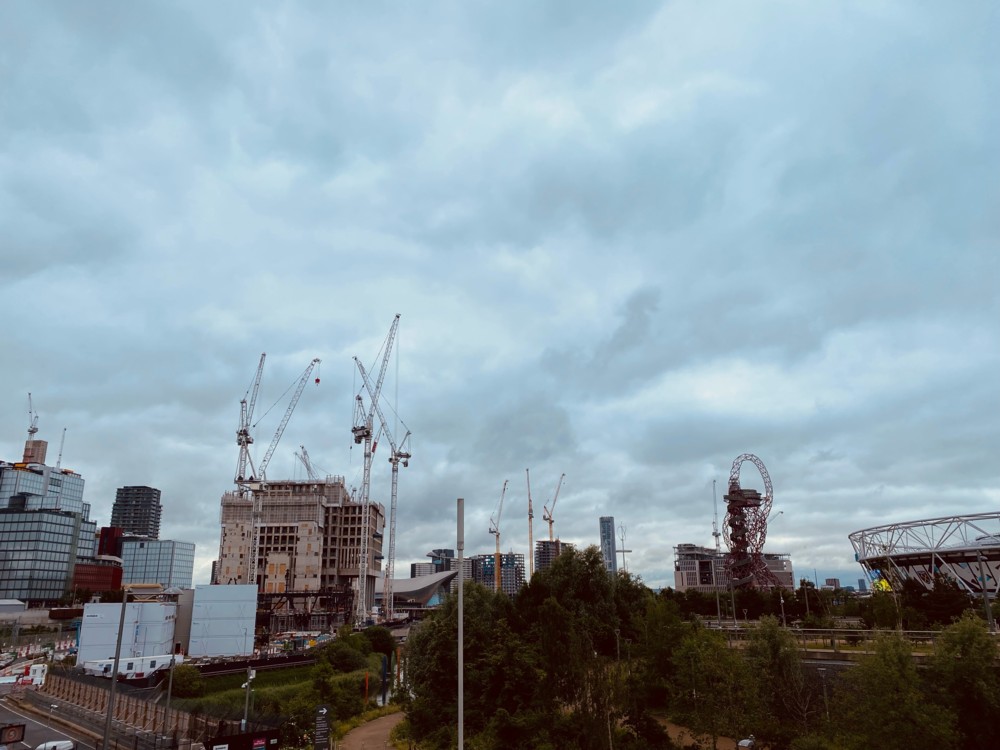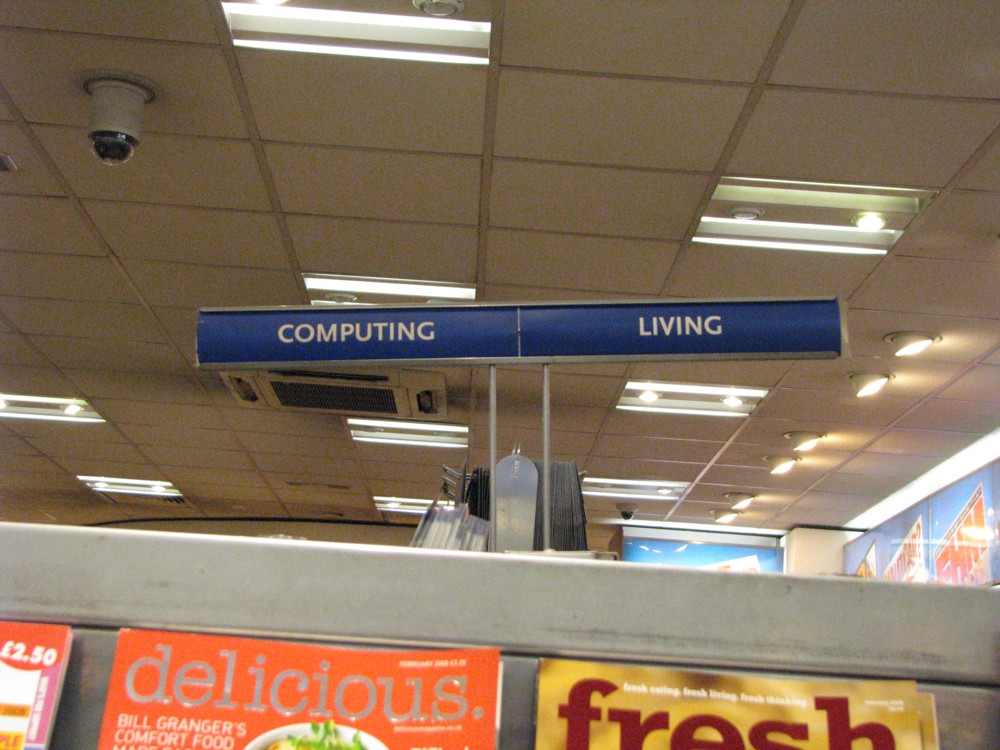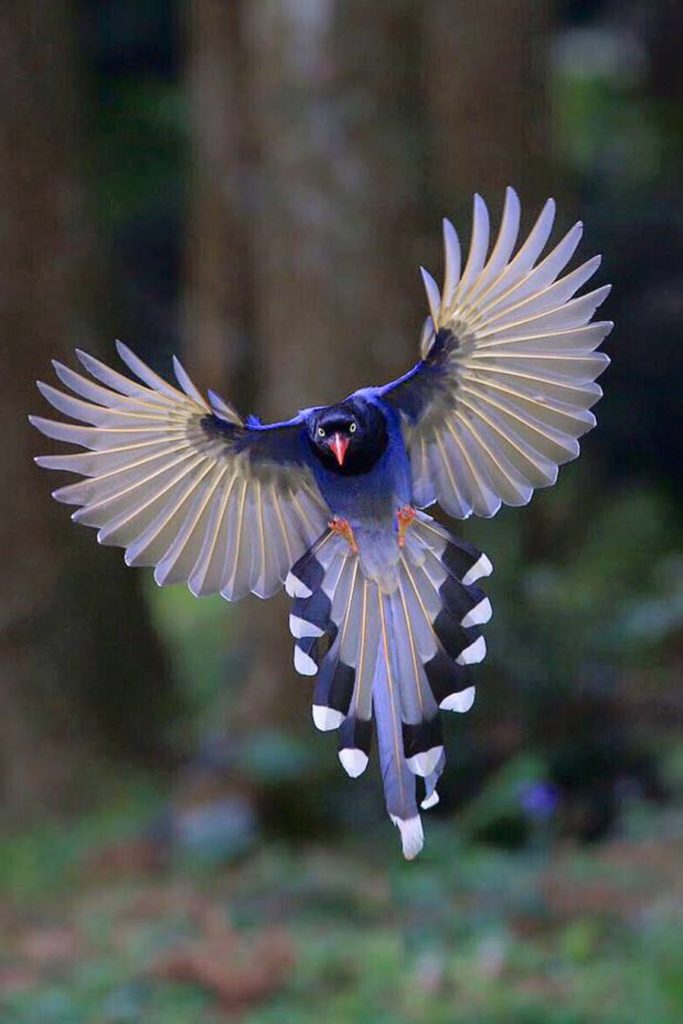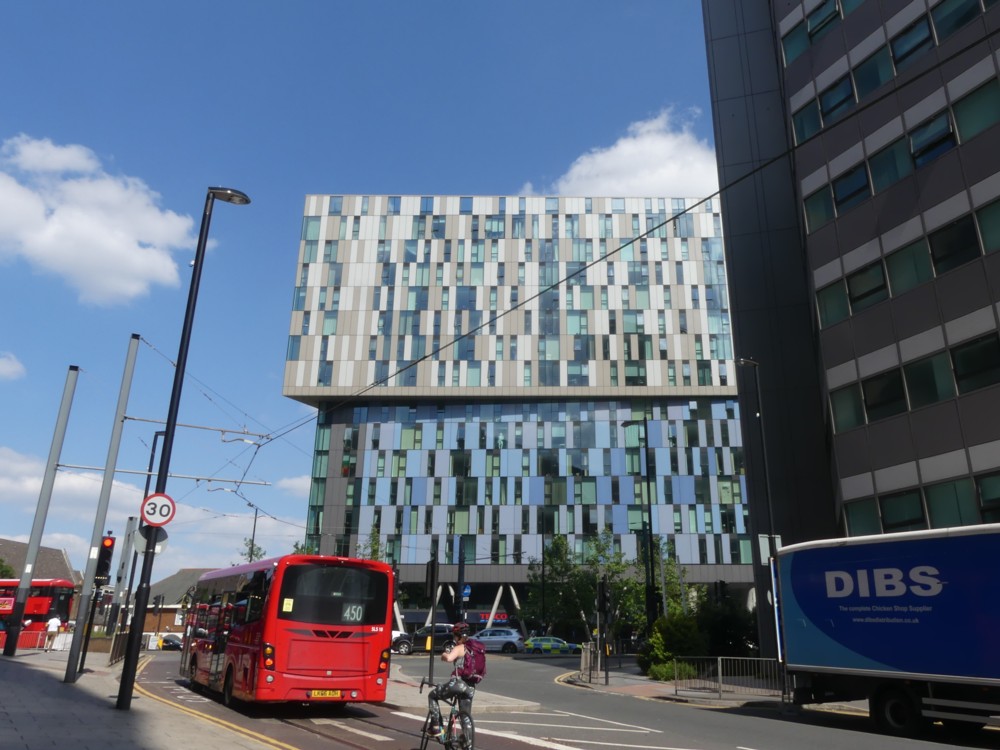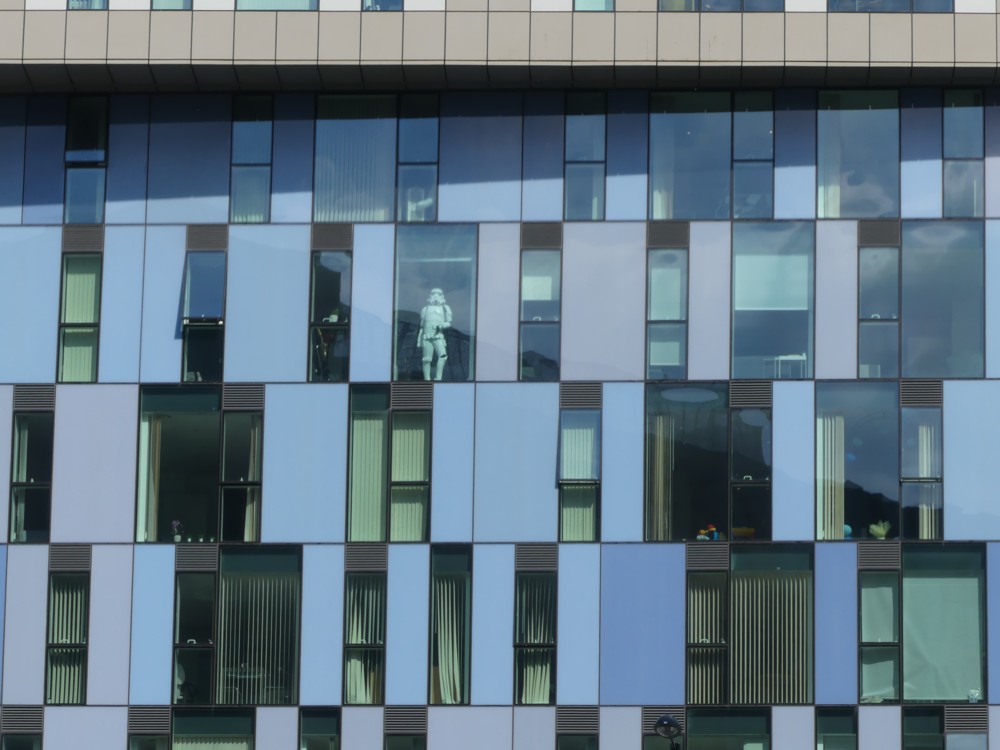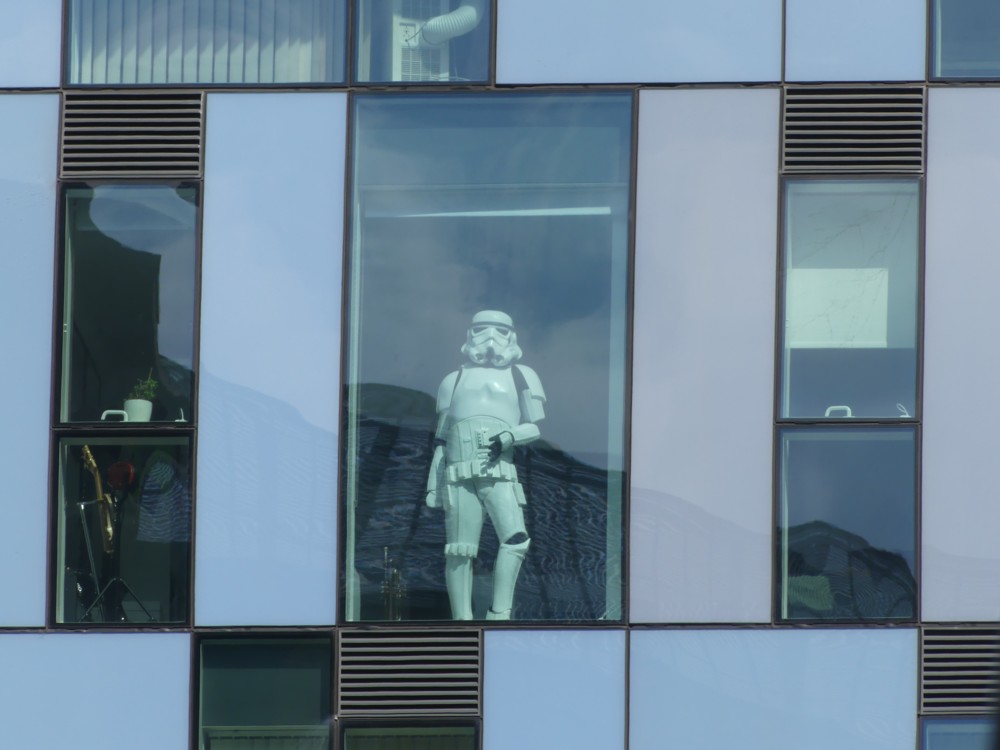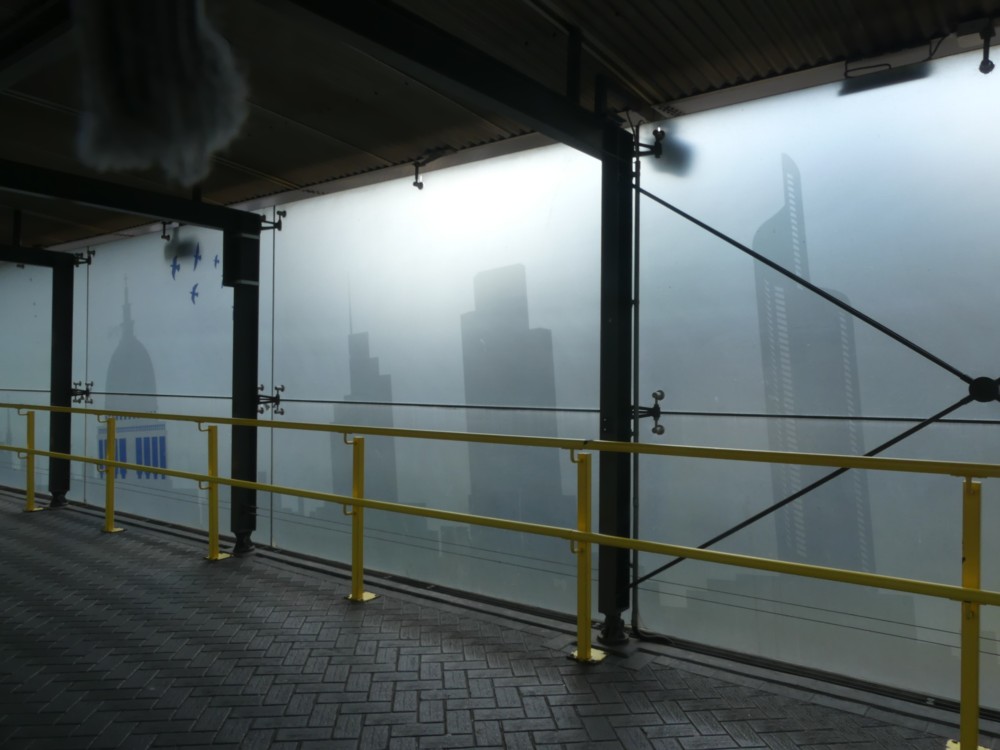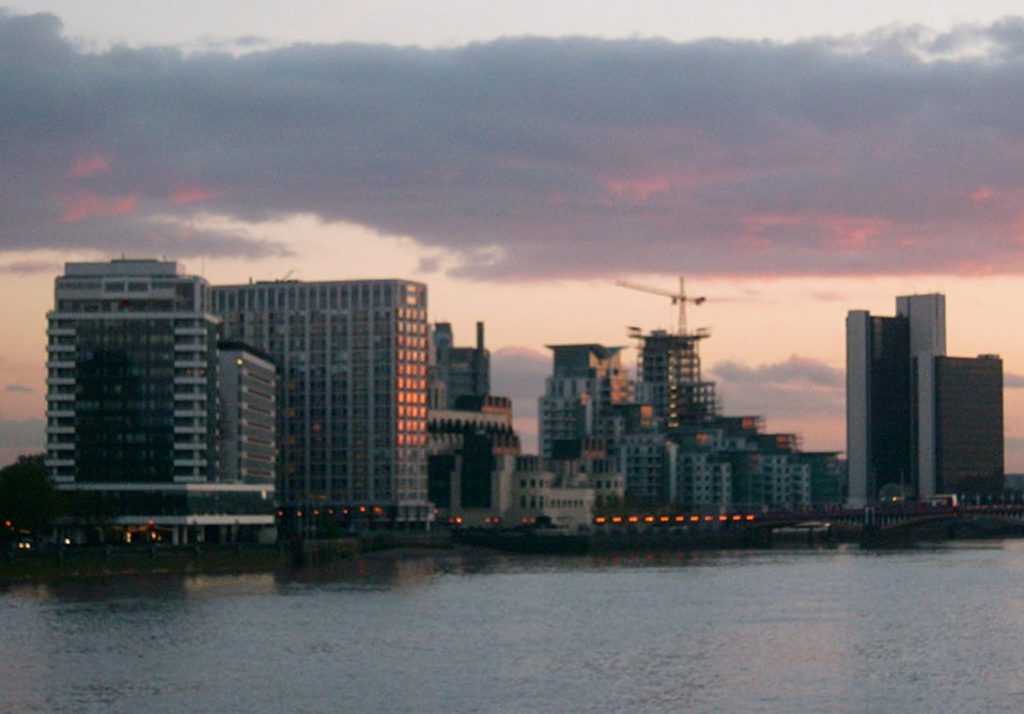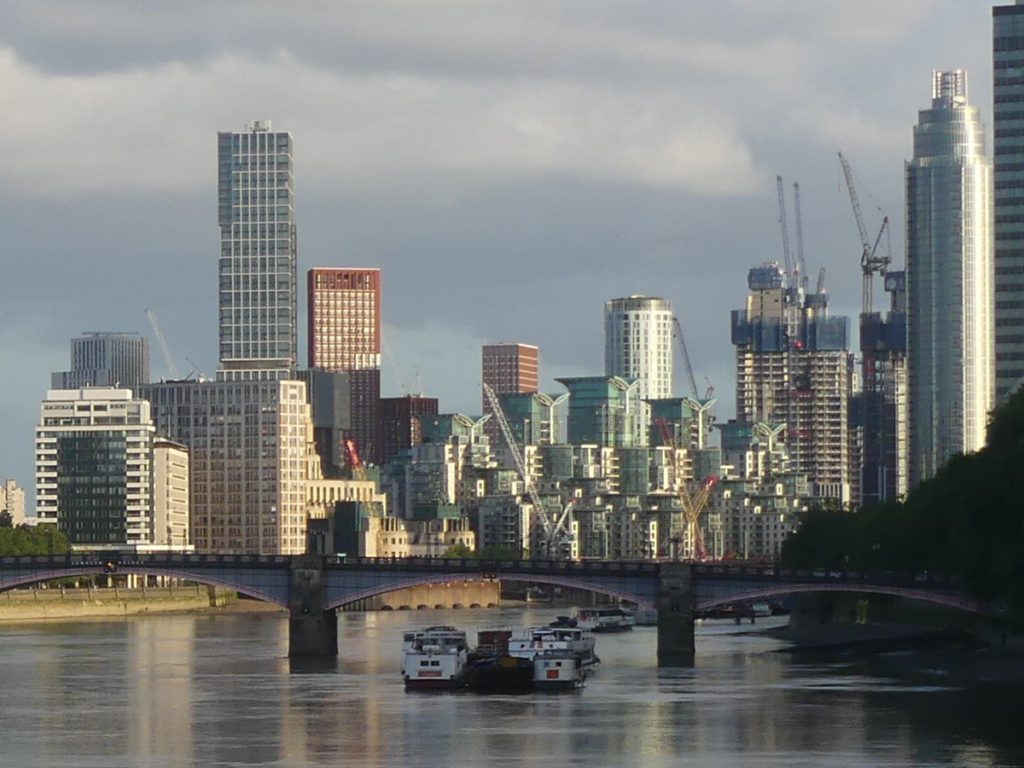There’s been all sorts of sport going on lately, what with England playing cricket against New Zealand (NZ won) and against Sri Lanka (a mismatch), and then New Zealand finding the time in between the rain of Southampton to beat India in the World Test Championship. Plus, there’s been football, and all the fuss when Scotland exulted in their 0-0 triumph against England at Wembley, which was their best moment so far and England’s worst. Today Wales got thumped by Denmark, one of whose players nearly died in an earlier game, so Wales were the bad guys of that. No links because if you care about all that, you already know it and if you don’t know about it you don’t care.
However, my favourite sporting achievement of the last week or two has definitely been Harlequins beating, first, top of the table Bristol, and then defending champions Exeter, both very narrowly, to win the Rugby Premiership.
Before these two games, David Flatman said, at the end of the final highlights show of the regular season, that Harlequins would have to tighten up their defence. Flatman’s was the classic “I’d love it if they won but they won’t win it, will they?” attitude. Harlequins just carried on trying to score more points than the other fellows, which would have to mean scoring a lot of points, because they don’t really do that defending stuff well enough to win any gongs, just by defending. That was their attitude. When you consider that Quins conceded 36 points while beating Bristol in the semi and 38 points while beating Exeter in the final, I think we can say that their way of winning worked out pretty well.
I actually support Harlequins, them being based at Twickenham, through whose station I have travelled many, many times, going from my boyhood home to London or more recently visiting friends out west, including one who lives in actual Twickenham. But like Flatman I considered Harlequins to be heroic losers rather than winners. The sort of also-rans whose running makes the Rugby Premiership a title worth winning, but not the sort who’d actually run out the winners themselves. Fun to watch, until it becomes clear who is going to win.
Not this time. Highlights of the semi already recorded. Final highlights tomorrow evening at 11.30pm. Video set.

